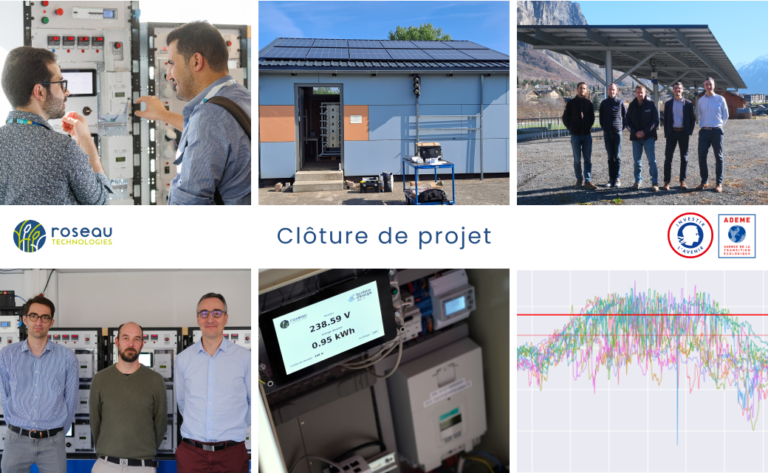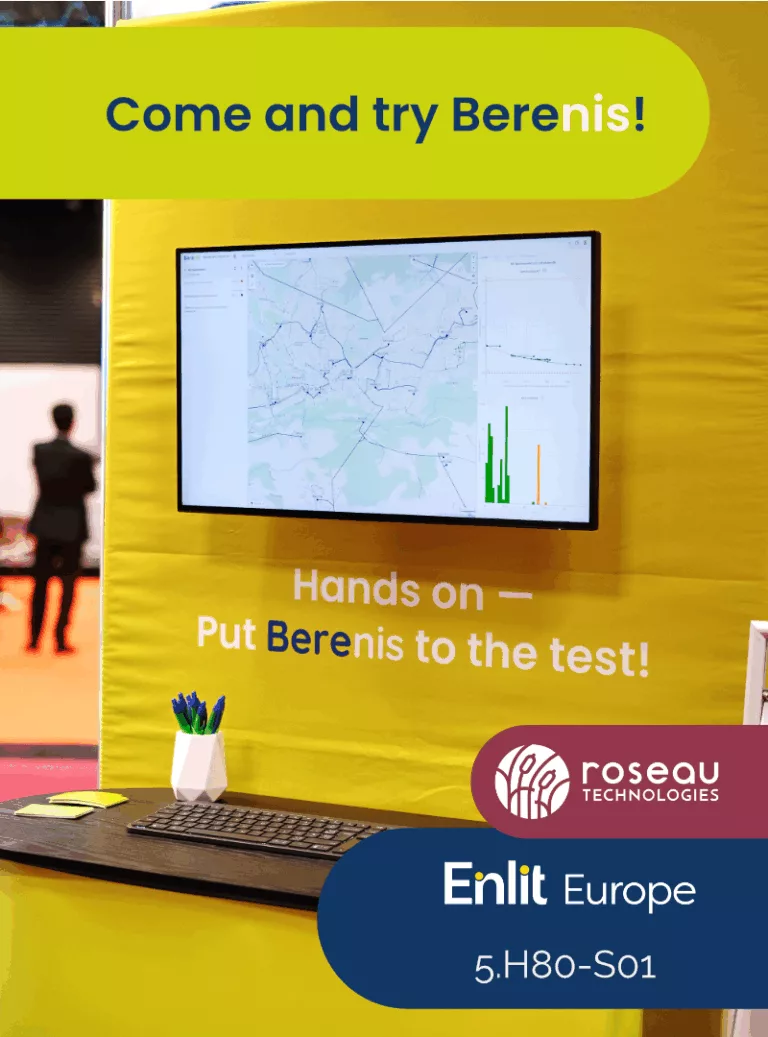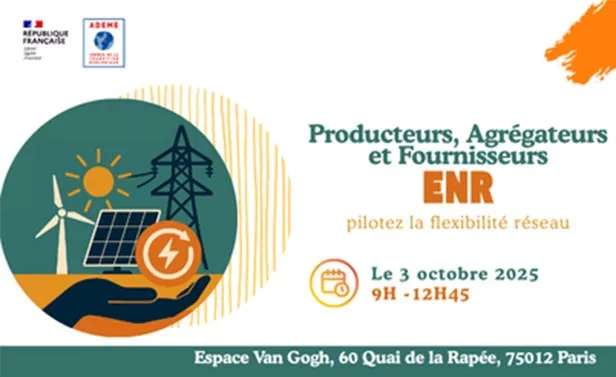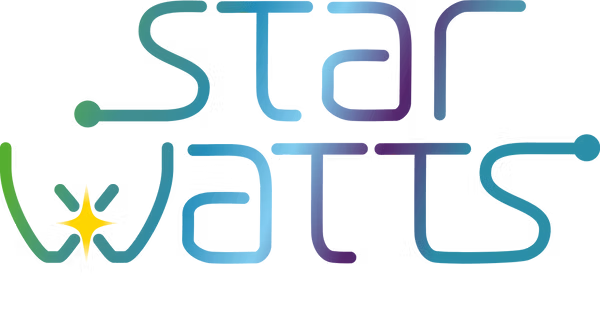We are pleased to announce that the final key stage of our RACCOFLEX-BT project has been successfully validated by ADEME! After nearly four years of studying non-firm, low-voltage connections, what can we take away from this project?
Non-firm, low-voltage Grid Connections: Increasing Network Capacity Without Extra Cost
The aim of this project is to extend the principle of non-firm connections to low-power electricity production installations connected to the Low Voltage network (e.g., individual photovoltaic installations) to increase the capacity of existing networks and significantly reduce connection costs and times. For the producer, the “non-firm connection” allows for a faster and cheaper connection to the network, in exchange for limited production loss during periods when the network is heavily loaded. Detailed explanations of ORI and their importance for networks can be found in the CRE documentation.
Several terms are used in French: ORA (Alternative Connection Offers), ORI (Intelligent Connection Offers), and ORA-MP (Alternative Connection Offer with Power Modulation).
RACCOFLEX-BT: Summary
Grid ExpanDER: A Practical Solution for Implementing Photovoltaic Production Control via the Metering Infrastructure
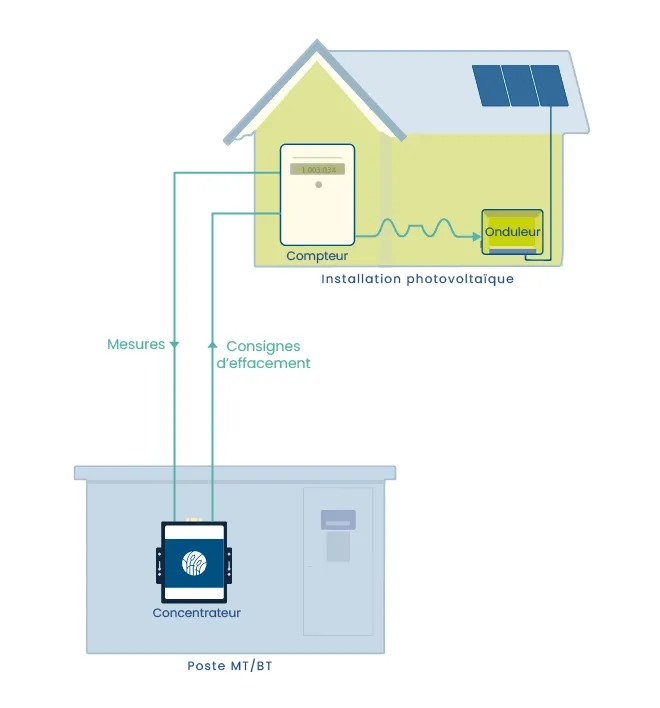
Technically, this project allowed us to develop our solution, Grid ExpanDER, which reuses the recently deployed metering infrastructure on our network: smart meters measure voltages and powers, then communicate them to a central controller in the MV/LV substation, which performs a state estimation of the low voltage network and issues deletion instructions if necessary. The inverters receive these instructions via the meter’s external communication port and apply them.
Three Demonstrators to Test Non-Firm, Low-Voltage Connections
in the Field
The project enabled the deployment of our Grid ExpanDER solution in three demonstrators:
- A first test platform reproducing a real LV network (the Roseau Smart Lab) where we refined our control methods.
- Deployment on an experimental network at the Fraunhofer Kassel laboratory in Germany as part of EriGrid 2.0.
- A deployment on a real network with SOREA at the beginning of 2024, equipping a solar canopy.
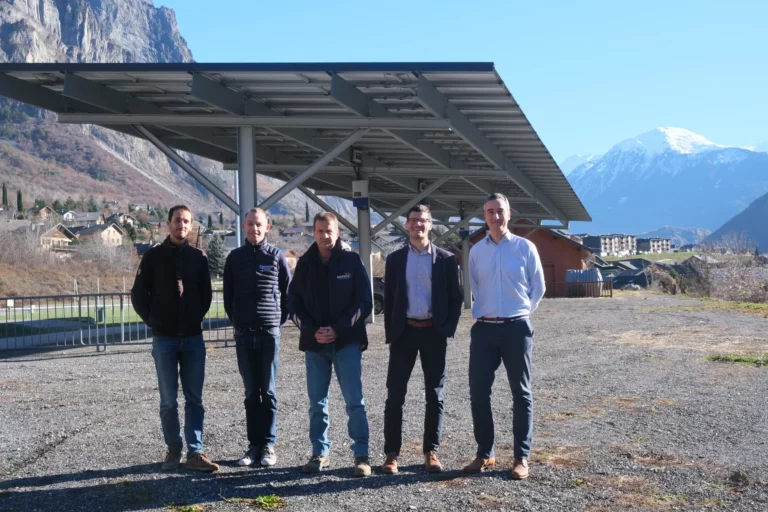
Economic Analysis of ORA
A technical-economic relevance analysis was conducted through the study of dozens of real photovoltaic connection cases, in collaboration with the SDED. This study demonstrated that alternative connections are an excellent interim solution, allowing reinforcement to be postponed indefinitely at no cost.
Published Articles
Two articles were presented at the CIRED conference in 2023:
- A dynamic voltage controller for LV grids based on flexible PV systems and the smart metering infrastructure A. HAMDAN, F. CADOUX, B. VINOT – 27th International Conference on Electricity Distribution (CIRED 2023)
- Non-firm grid connections for low-voltage generators: a case study L. MULLER, F. CADOUX – 27th International Conference on Electricity Distribution (CIRED 2023)
Network Operators’ Reluctance
Despite the inclusion of ORA in the Energy Code in 2020 and joint efforts by ADEME and CRE to develop these innovative solutions, French Network Operators showed little interest in alternative connections. Further work is needed to convince central actors of the transition of the relevance and value of this solution!
Continuing with Non-firm, Low-Voltage Connections with Roseau Technologies!
With great pride, we conclude RACCOFLEX-BT today. However, this project’s end does not mark the end of our work on developing practical solutions for implementing ORA in Low Voltage:
- A new solar site was equipped for experimentation last month in Drôme, with SDED Territoire d’énergie Drôme and the Erôme-Gervans distribution network operator.
- Collaboration with the PERSEE laboratory of Mines Paris is ongoing, led by Yassine Abdelouadoud under the direction of Robin Girard. The study aims to estimate the value of ORI for the network, with final results expected this fall.
